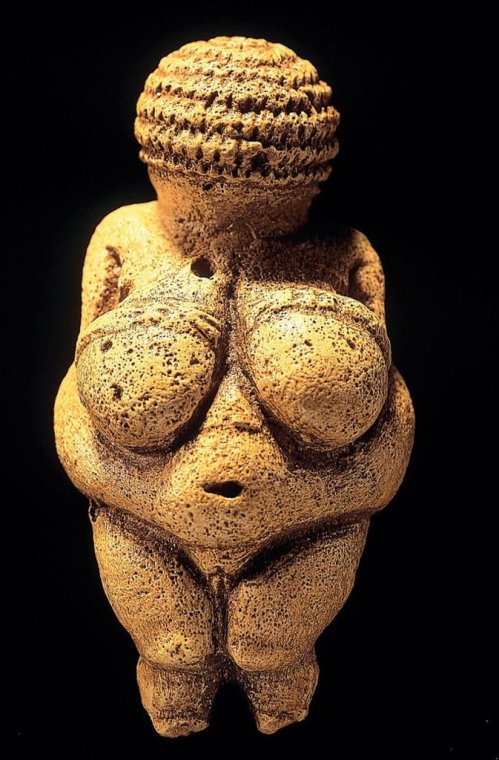
Venus of Willendorf
, Paleolithic (old stone age era): c. 28,000–25,000 BCE
‘The Venus of Willendorf’ dates back to the Palaeolithic period around 28,000–25,000 BCE gives insight into prehistoric beauty standards. The small limestone figurine represents the female form with a robust and exaggerated form. These features are emphasised through the depiction of large breasts, buttocks, and a rounded abdomen. ‘The Venus of Willendorf’ is believed to be a fertility symbol and relates to the concepts of motherhood and the life-giving forces of nature. The figurine’s exaggerated proportion reflects prehistoric ideals of fertility, abundance, and the nurturing aspect of womanhood.









